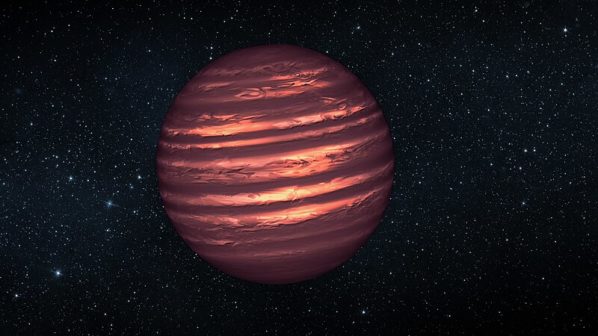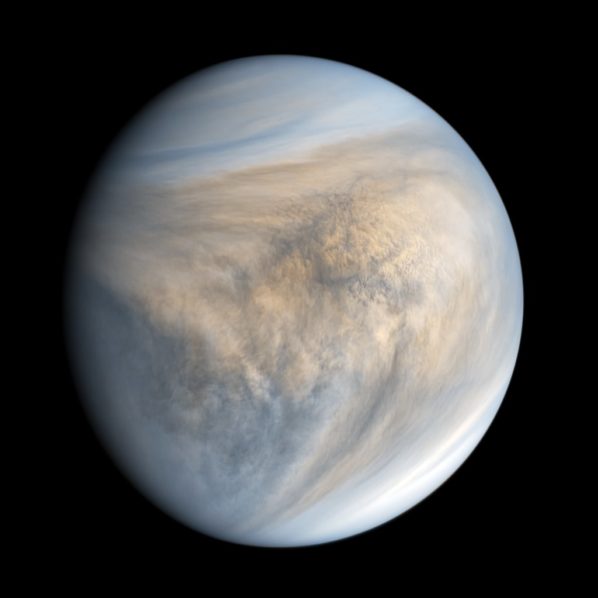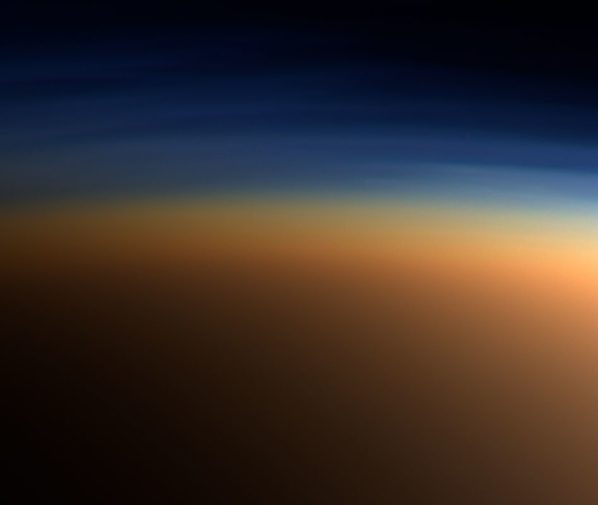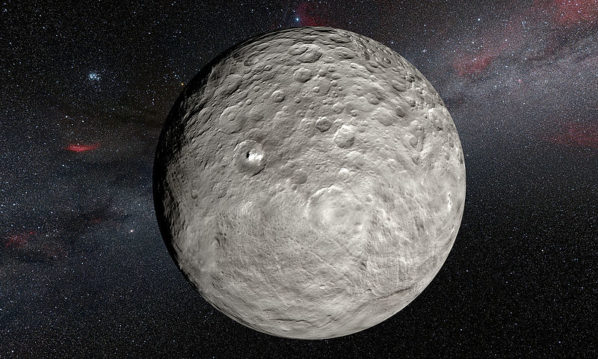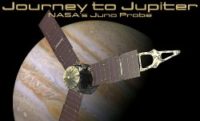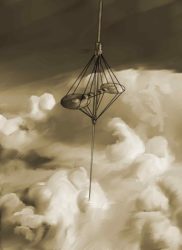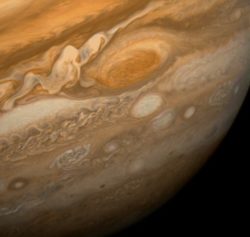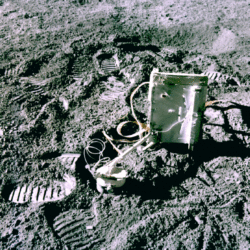Exploring the Mysteries of Brown Dwarf Atmospheres
Discover the mysteries of brown dwarf atmospheres—failed stars shrouded in enigmatic gases. Insights on their composition, temperature, and gravitational impact.
Why Is Venus the Hottest Planet?
Discover why Venus, not Mercury, is the hottest planet in our solar system. Uncover the factors that contribute to Venus's extreme temperature.
Why Does Titan Have a Dense Atmosphere?
Discover why Titan has a dense atmosphere. Learn how its unique composition, gravity, and Saturn's magnetic influence shape this moon's atmosphere.
How Do Spacecraft Withstand Re-Entry into Earth’s Atmosphere?
If you’re lucky when you look up in the sky at night, you might see a shooting star. As you’re making your wish, what you’re actually seeing is a small piece of rock or space junk burning up in the atmosphere. The friction of re-entry causes the shooting star to ignite and burn, which is why you see a brief flash of light.
A Good Time to Observe Dwarf Planet Ceres
On March 21, we have a great opportunity to observe the dwarf planet Ceres. It will be at opposition, which means it will reach the highest point in the sky at around midnight and opposite to the Sun. At the same time Ceres will be closest to the Earth (perigee) at a distance of 1.59 AU. At this time it will be the brightest, with an apparent magnitude of 6.9. Look in the constellation of Coma Berenices with binoculars or a telescope.
What Does Felix Baumgartner’s Jump Mean for the Science World?
Felix Baumgartner's record-breaking freefall jump wasn't just a daring feat. Backed by NASA-linked experts, the data collected is shaping aerospace safety and space travel, paving the way for future innovations in high-altitude and space missions.
How NASA’s Juno Mission to Jupiter Works [Infographic]
Recently, on August 5, 2011, NASA launched a new space probe, called Juno, headed towards Jupiter. When it reaches its destination the spacecraft will be placed in a polar orbit in order to study the planet's composition, gravity field, magnetic field, polar magnetosphere, and the deep winds of its atmosphere.
Non-Rocket Spacelaunch – Space Elevator Safety Issues
The space elevator is a gigantic concept and as such it has many safety issues that would have to be resolved before construction begins. A space elevator would present a navigational hazard, both to aircraft and spacecraft.
Astronomy Picture of the Week – Jupiter from Voyager
This photo of Jupiter featuring the Great Red Spot was taken by the Voyager 1 spacecraft as it flew-by the planet in 1979. The Great Red Spot is a giant hurricane-like storm rotating in the planet's atmosphere. It is so large that three Earth's would fit inside. It is still unclear as to how old this storm is, since it was first recorded by astronomers over 300 years ago, suggesting that it could be much older than that. How it managed to remain active for that long still remains a mystery.
Did you know? The Moon has an Atmosphere
It is a common misconception that the Moon’s surface is a perfect vacuum. It is not! The Moon indeed has an atmosphere, a very tenuous one however. If you could capture the Moon’s entire atmosphere, it would weigh about 10,000 kg. In other words, it would weigh less than a large truck. Sources of the lunar atmosphere There are two main sources of the lunar atmosphere. One of them is outgassing, which is the release of gasses that originate from radioactive decay processes deep inside the crust and mantle of the Moon. The second source is through a process known as sputtering: atoms are ejected from solid materials on the…

